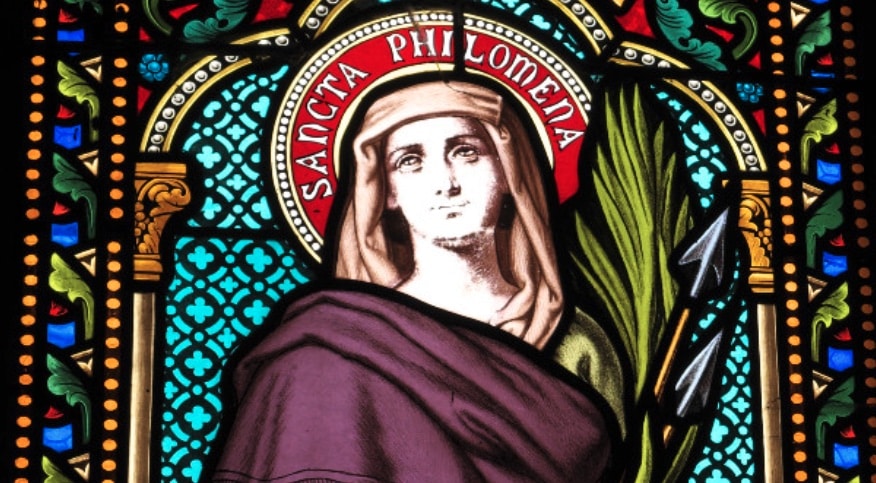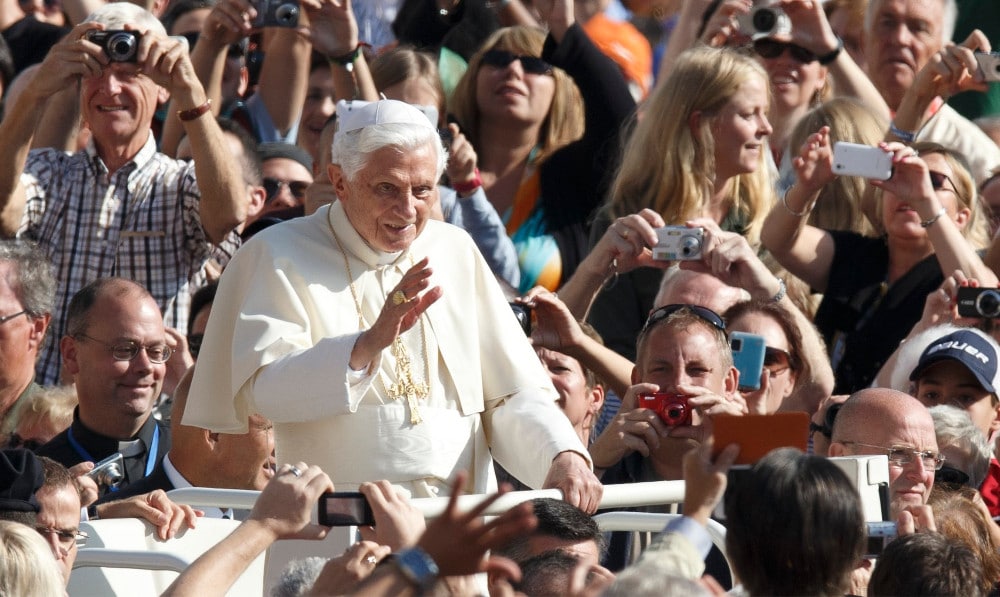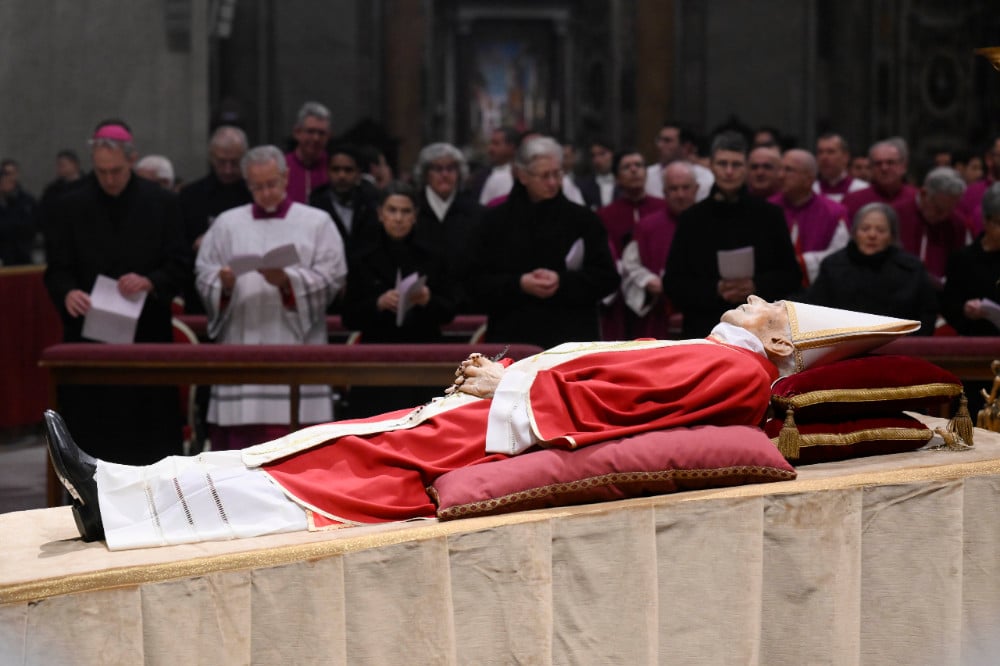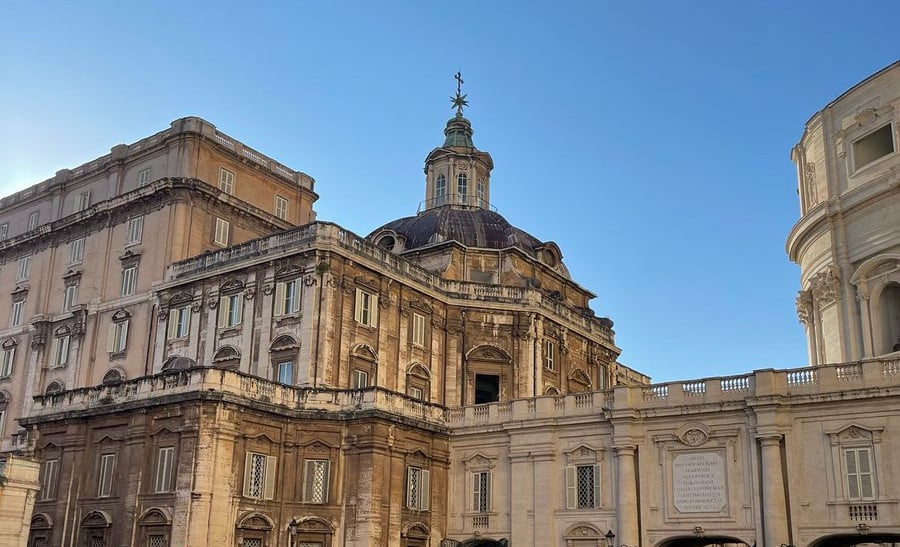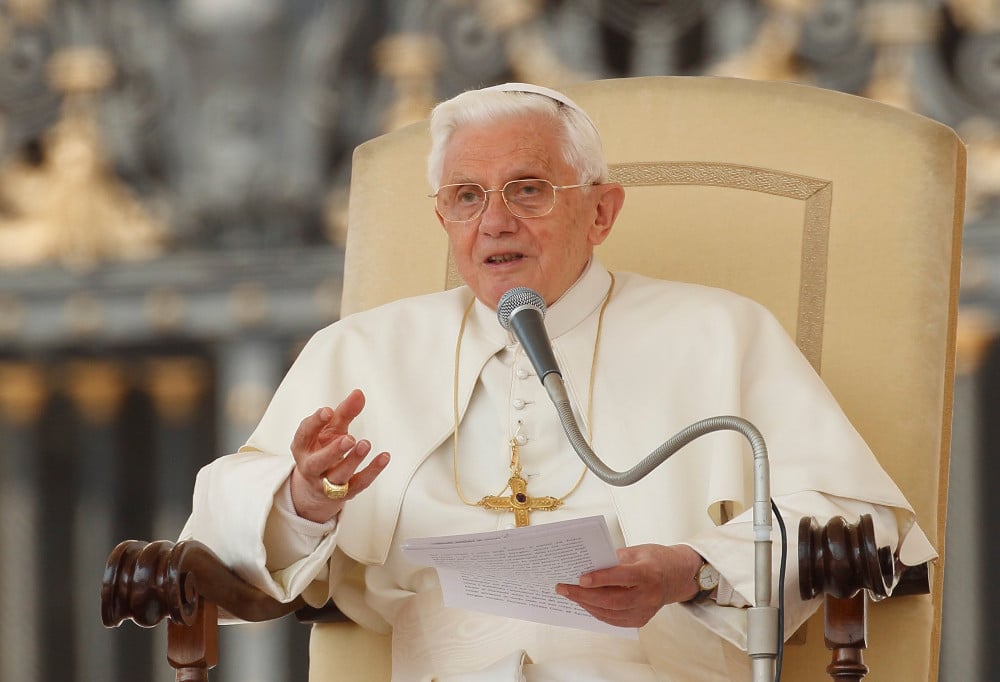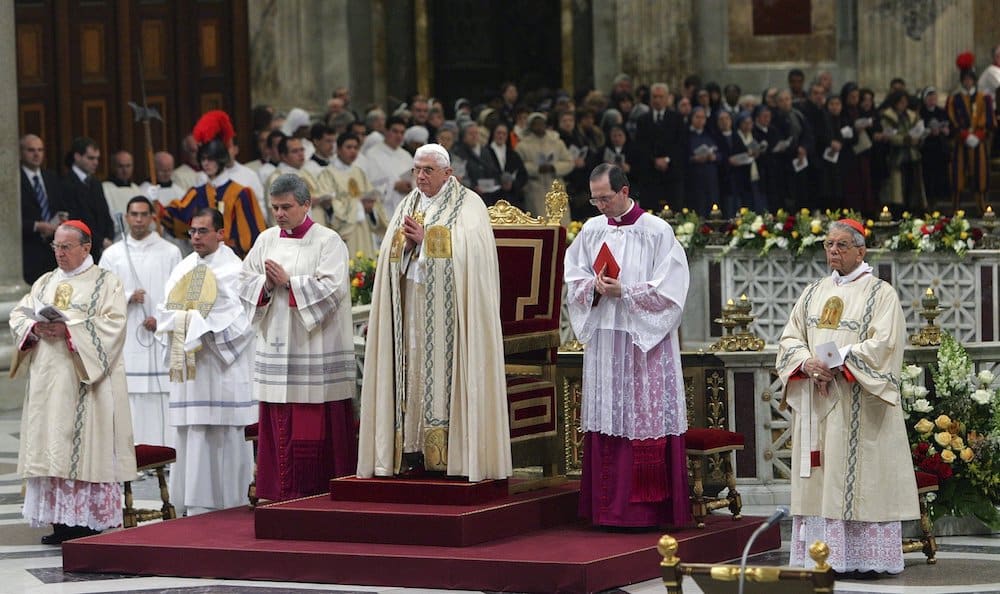 Question: I was in high school in 1961 when our bishop changed the name of a local parish that had long been dedicated to St. Philomena. The bishop explained that Rome had real doubts about whether the story about Philomena was true, and so she was being deleted from the list of saints. Lately, I’ve run into a couple of people that insist that Philomena is still recognized as a saint. Could you clarify the situation? Has the Dicastery for the Causes of Saints or the pope issued any document on this? What is Philomena’s official status in the Church?
Question: I was in high school in 1961 when our bishop changed the name of a local parish that had long been dedicated to St. Philomena. The bishop explained that Rome had real doubts about whether the story about Philomena was true, and so she was being deleted from the list of saints. Lately, I’ve run into a couple of people that insist that Philomena is still recognized as a saint. Could you clarify the situation? Has the Dicastery for the Causes of Saints or the pope issued any document on this? What is Philomena’s official status in the Church?
— J. Petrocelli, via email
Answer: The presence, absence or removal of a saint on the liturgical calendar of the Church is not per se a declaration that the saint never existed or that it is wrong to have a devotion to such saints.
The remains of St. Philomena, a martyr from the early Church, were not discovered until 1802. The remarkable story of her brief life and martyrdom were related by Sister Maria Luisa di Gesù, who said she received it from St. Philomena herself in a vision. The story spread rapidly, and miracles were attributed to her intercession. She was “liturgically canonized” in 1837 by Pope Gregory XVI, who, while not formally canonizing her, permitted devotions and Mass to be said in her honor. Between 1837 and 1961, celebration of her liturgical feast on Aug. 11 was permitted but was never on the General Roman Calendar, nor was her name inscribed in the Roman Martyrology, an official list of all canonized saints. A notation in the Roman Missal permitted a priest to use the Common of one Virgin Martyr on her feast day, but there was not any Mass specifically composed for the saint. In 1961, she and 14 other saints were removed from the Roman Missal. The reason centered on doubts about the accuracy of the stories or her life, the absence of her name in the Roman Martyrology and other archeological evidence that suggested her remains were from a time later than the third-century persecutions of Diocletian. These claims were hotly contested, however, and there is not space here to fully elaborate the debate.
None of this amounts to any official declaration that St. Philomena never existed or that the vision of Sister Maria Luisa was erroneous. At no time did the Holy See suppress devotion to St. Philomena as a saint or disband the confraternity of St. Philomena. Of her, Pope St. Pius X said that visions and statements about St. Philomena remain always fixed, valid and effective; in this way, devotion to her is to be judged as normative. Hence, a priest could offer a votive Mass for her honor using the Common of a Virgin Martyr. However, Aug. 11, her traditional feast day, is currently the obligatory memorial of St. Clare of Assisi, so that day is not open. However, Jan. 10, her birthday, remains open. To this date, there are many parishes and schools in the U.S. and elsewhere that are named for St. Philomena. The action of the bishop in 1961 seems excessive and was not an action followed by other bishops.
Multiple calendars
Question: One of the marks of God’s Church is that it is “one.” However, variations of calendars and feast days seem to show otherwise. How can we be one if we do not celebrate together?
— Andres Wong, via email
Answer: The oneness of the Church refers to the unity rooted in the apostolic faith and to a unity rooted in recognizing the pope. The unity is not about calendars that have always varied in many ways. Even at the time of Jesus, the Jewish people had four different calendars that various groups followed. This helps explain why the Gospel of John alters the date of Passover by one day from the other Gospels. Down through the centuries, calendars and dates have varied. An early discussion centered around the date of Easter and whether to follow a fixed date or the Jewish practice of setting the date for passover. The Jewish practice won. However, today there remains a difference between the Eastern and Western Church regarding many feasts since the Eastern Churches still follow the Julian calendar, whereas the Western Churches follow the Gregorian calendar. More diversity is introduced by the fact that many religious orders and nations have special dates and feasts. Further, the calendar for the Traditional Latin Mass varies somewhat from the ordinary form. Thus, having exactly one calendar should not be elevated in importance.
Msgr. Charles Pope is the pastor of Holy Comforter-St. Cyprian in Washington, D.C., and writes for the Archdiocese of Washington, D.C. at blog.adw.org. Send questions to msgrpope@osv.com.

